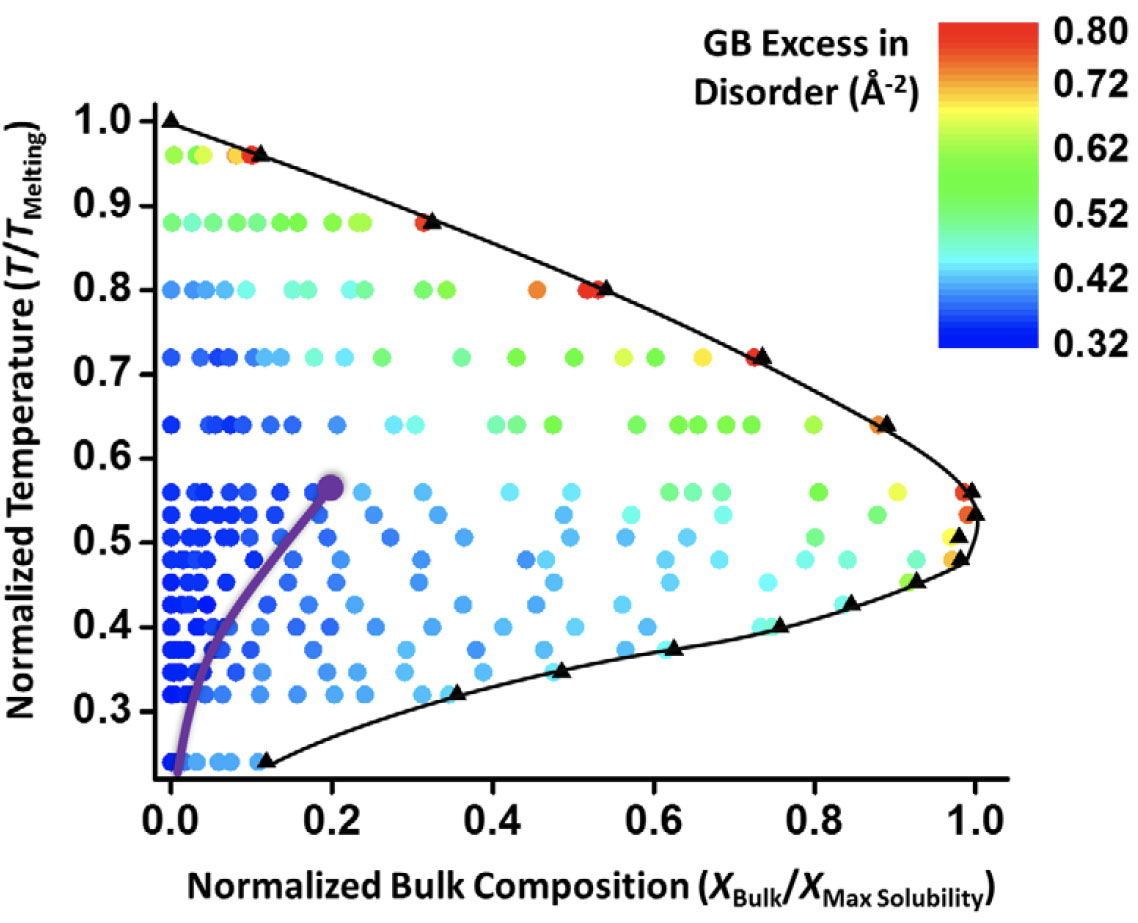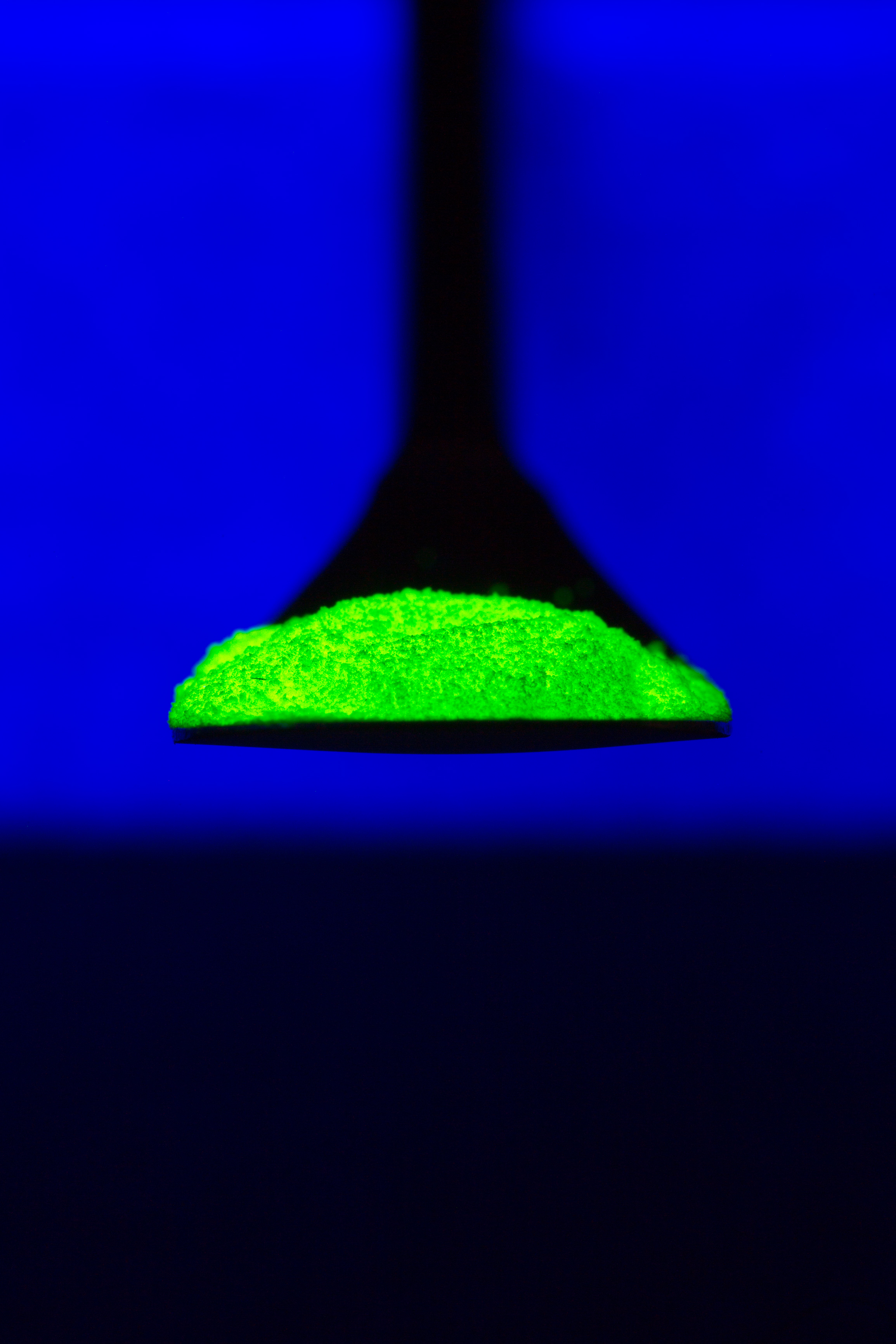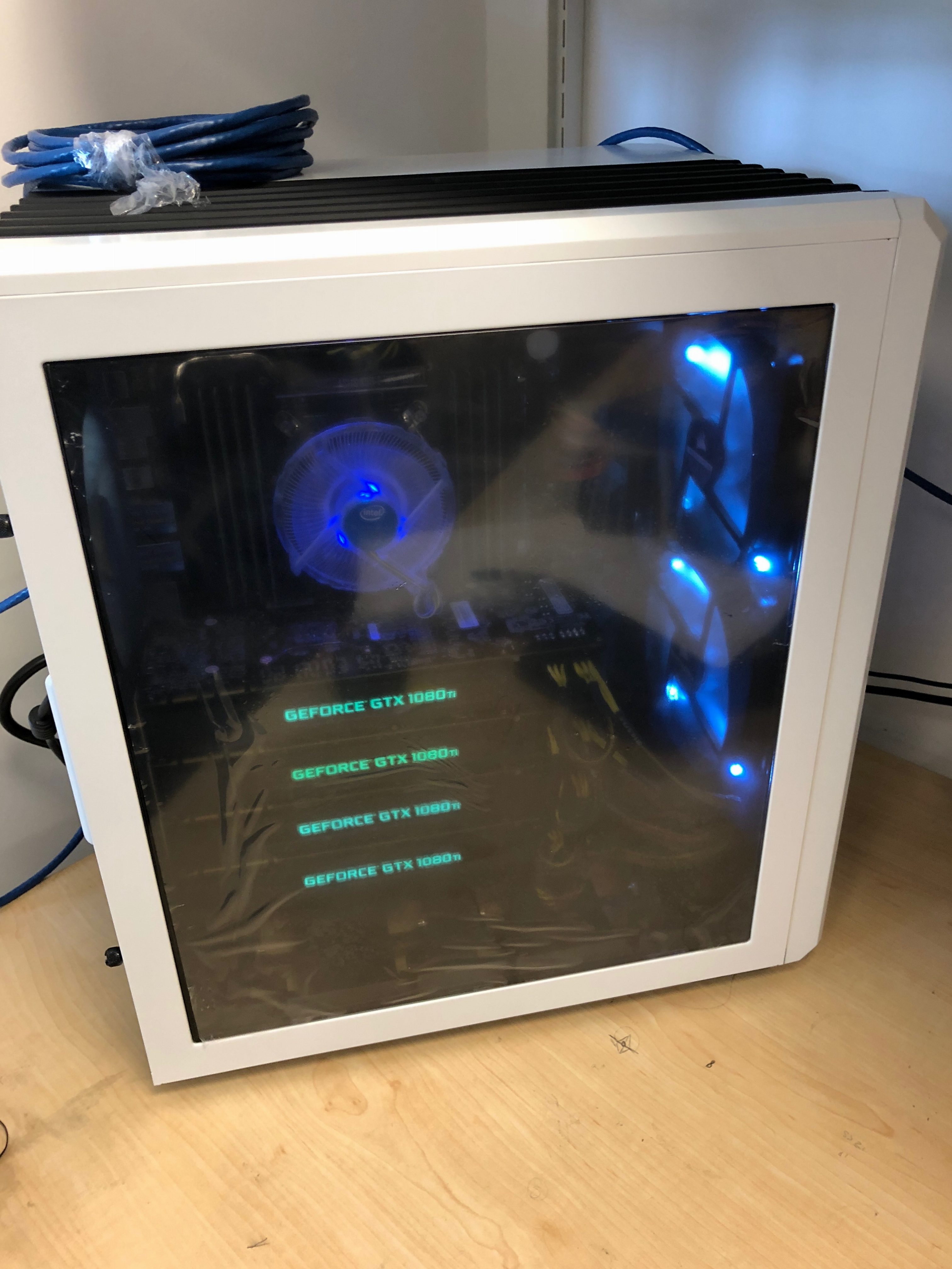Predicting Crystal Volumes
Iek-Heng Chu’s paper on “Predicting the Volumes of Crystals” has been published in Computational Materials Science. In this collaborative work with the Hacking Materials group, we developed two schemes for predicting crystal volumes. Accurate crystal volume estimates are immensely useful for further experimental analysis, or to generate initial guesses for electronic structure optimizations. The volume prediction algorithms are implemented in the open-source pymatgen software.




